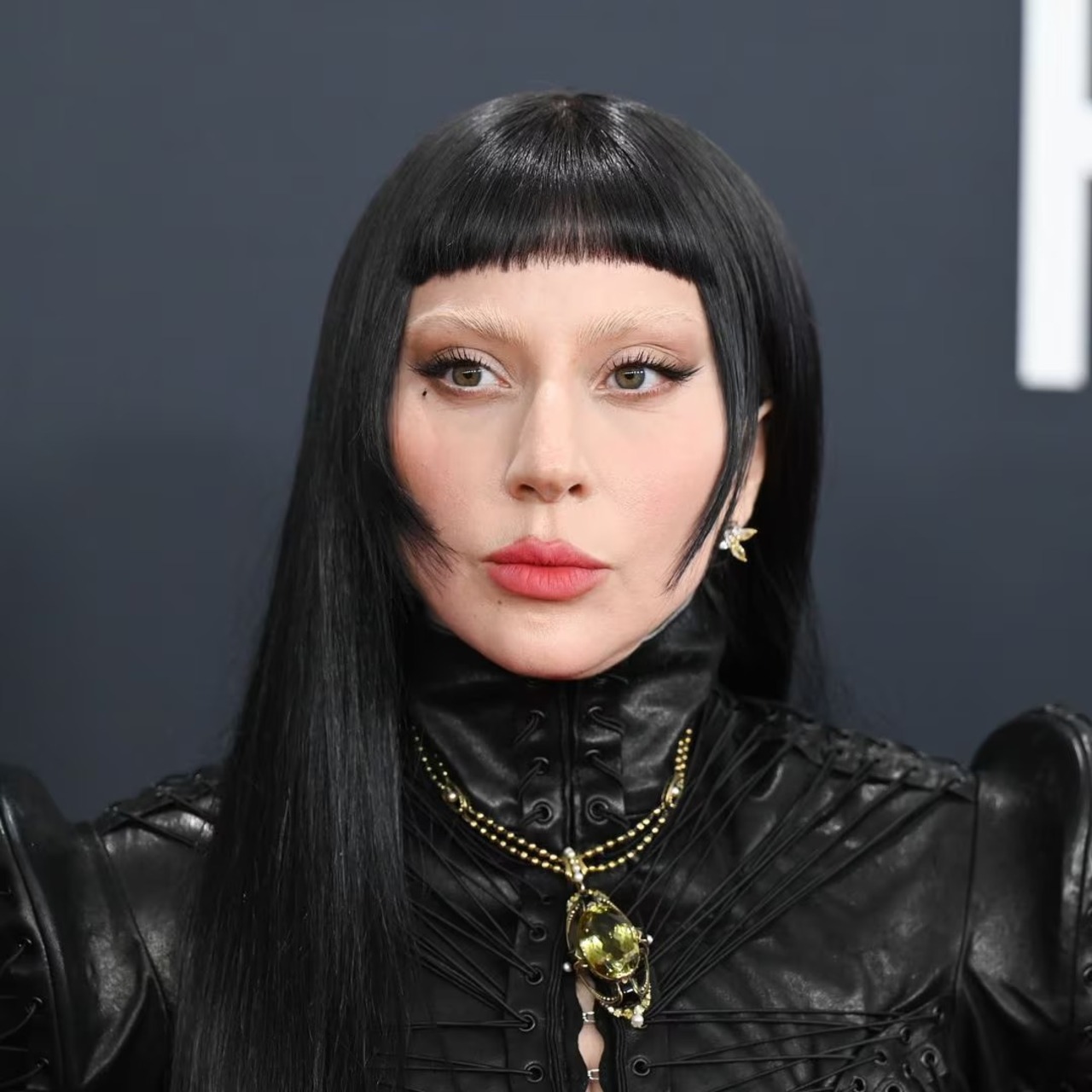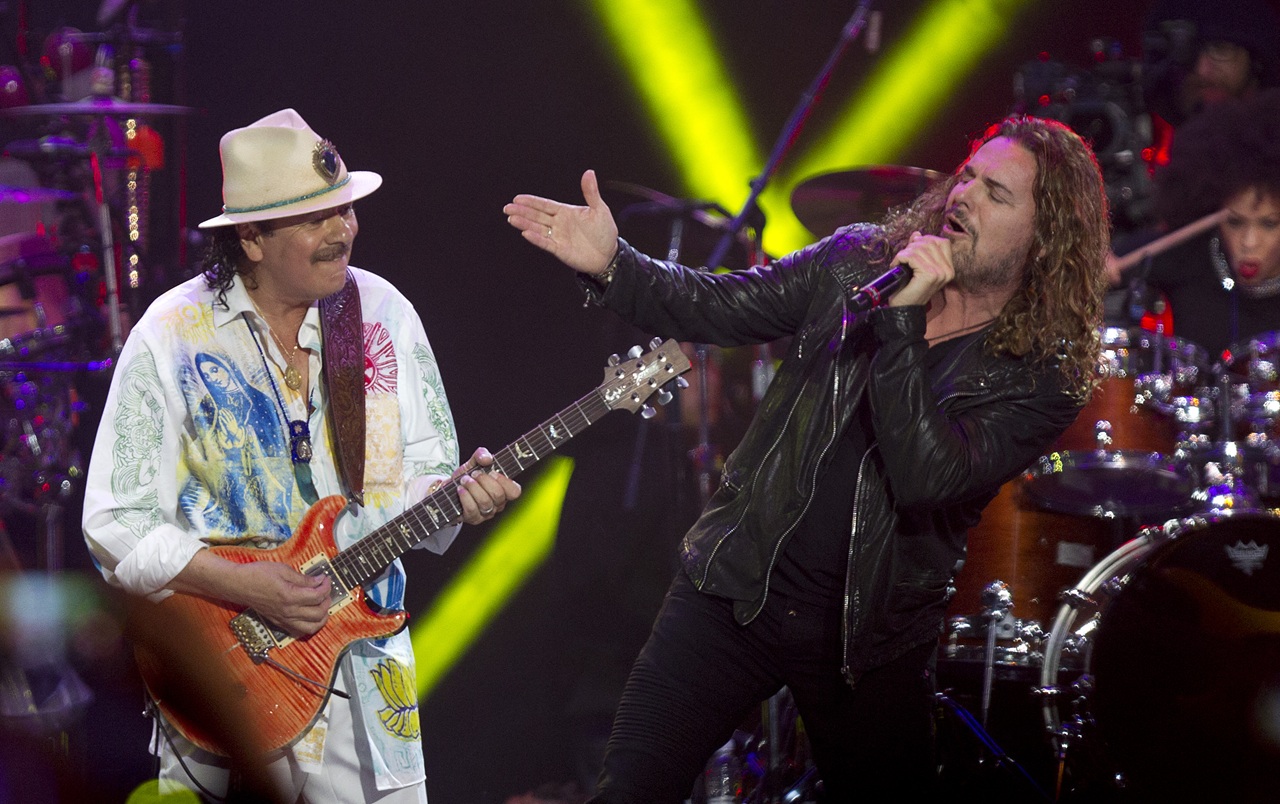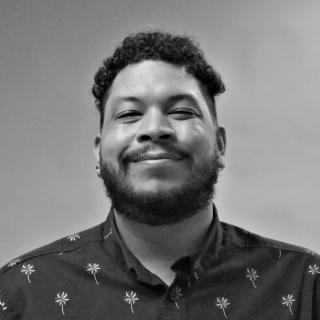
Bad Bunny is the first solo man and Latino on the cover of Harper Bazaar’s
Bianca Betancourt, the magazine’s Culture Editor, told the story of San Benito’s foggy beginnings in music.
Bad Bunny’s appearance on the cover of Harper's Bazaar interrupts a 150-year history of the magazine’s linear model, making him the first solo man and Latino to make the cut on an iconoclastic American institution.
What’s more, a Black, Puerto Rican woman wrote the story.
Harper’s Bazaar is America’s idea of fashion and culture intertwined, drawing from all things pop, couture, and mainstream. An ideal reserved for those with a specific status above the constricting fray of daily life.
On Tuesday, Aug. 16, Bad Bunny’s evocative thread possibly changed the course for an unapologetically inclusive cover.
Bianca Betancourt, the magazine’s Culture Editor, told the tale of a supermarket bagger and SoundCloud artist turned global phenomenon who successfully brought Urban Latin Trap into the mainstream.
A boy who grew up in a rural town in Puerto Rico’s northern region, Bad Bunny experimented with women’s clothing, perceiving fashion as a fluid concept. He is the son of a truck driver, father, school teacher mom, and is the eldest of three.
“Obviously, as you get older, you start seeing what the world shows you,” he tells Betancourt, “and if I lived my life that way, then I wouldn’t be able to dress in the way that I really want to.”
He entered the scene through SoundCloud page and quickly propelled to stardom after being discovered, which Betancourt adequately describes as “a Boricua rite of passage, a cultural communion.”
In his career, he’s challenged norms within his genre, dominated by a ubiquitous, masculine lifestyle; guns; women; sex.
Bad Bunny, a serial provocateur and breaker of norms, responded with drag.
The fact that Bad Bunny is already the winner of Drag Race season 13. pic.twitter.com/ORH1DLcjWC
— Talk My Shit Casanova (@yosoymichael) March 27, 2020
In his hit music video for “Yo perreo sola,” Bad Bunny can be seen in various coquettish drag outfits, dancing to a beat that Puerto Ricans enjoyed in the thick of quarantine in 2020.
He tells Bazaar it’s not just for attention but a unique opportunity to be what he desires. True to YHLQMDLG form (I do what I want.)
“I’m taking advantage of this moment in my life when I can do whatever I want and wear what I want, so I get to live life more authentically,” he said.
RELATED CONTENT
His success can also be indicative of how Puerto Ricans were ready for a tech-styled disruption in the reagguetón genre not necessarily depicted by violent displays of manhood.
Most recently, at Puerto Rico’s “El Choli” concert venue, Bad Bunny made media waves when a Black, Queer fan joined him onstage to dance along to one of the songs, breaking away from the idea that reagguetón is limited to a cultural few.
That same performance also happens to be the most profitable concert in the venue’s history, with a total of 18,749 people on opening night. Bad Bunny also streamed the show through Telemundo, where families across the island could enjoy it from the comfort of their own homes or at a block party at a local town plaza.
Bad Bunny’s career is barely starting as he embarks on new business ventures in Miami, where he just opened a Japanese steakhouse and sushi restaurant. Additionally, he is the first Latino actor to participate in a Marvel film, thus commencing an acting career.
His brand knows no bounds, but that’s not important to him.
“My goal will be to do things that I enjoy, never to be a billionaire or whatever. If I don’t feel passionate about something, then I’m not going to do it, no matter how much it is,” he tells Betancourt. “But, hey, if we get to a billion one day, then we get to a billion.”
He goes on to say he is who he is and will continue to chase what drives him.
Undoubtedly, Bad Bunny is barely scratching the surface at 28-years-old, and something tells this author much is yet to come.











LEAVE A COMMENT: